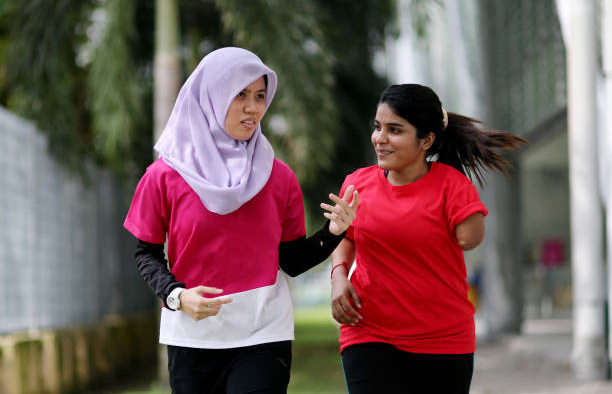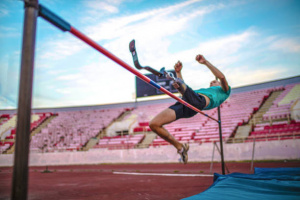How SMBs can authentically represent disability
Share

Customers expect brands to be consistently committed to diversity and inclusion, but visuals in marketing and advertising rarely represent people with a disability. Kate Rourke gives insights into how brands and businesses can authentically represent the lives of people with a disability.
While the 2020 Paralympic Games in Tokyo captivated audiences around the globe, discussions about authentic representation of people with a disability also captured the public zeitgeist.
The community of people with disabilities is one of the largest groups in the world, with 1 in 6 people in Australia living with some form of disability. However, very few visuals in marketing and advertising reflect this reality.
Show inclusive stories
People want to see inclusive stories and they want the media and advertising that surrounds them to accurately capture their world. Our iStock Visual GPS research revealed that over 80 percent of ANZ consumers expect businesses to be consistently committed to supporting diversity and inclusion efforts. Yet, businesses and the media still largely leave people with disabilities out in their communications
Of the images and videos downloaded from iStock in the last 12 months for Australia, only 1 percent includes people with disabilities. When they do try, the representation of the community isn’t as seamless as it could be, with over 70 percent of the visuals focusing on people in a wheelchair or with a prosthetic limb.
The best way a company can demonstrate its commitment to diversity and inclusion is by consistently including authentic and accurate representations of people with disabilities. It’s not about tokenising, or what Australian comedian and disability rights activist Stella Young called ‘inspiration porn’ – using people with a disability as inspiration for people that don’t have a disability) – it is about truly showing their lifestyles and different cultures in everyday life across all different and intersecting identities.
So, how do we begin addressing these findings and start being more inclusive? Using our unique insights and research, we have developed a series of tips for SMBs to keep in mind when selecting inclusive visuals to ensure authentic representation of people with a disability in their marketing and advertising.
Showcase the full spectrum of human experiences
Disability is intersectional – it’s important for businesses to intentionally include experiences that make up everyday life, across age, ethnicity, sexual orientation, gender, socioeconomic status, religion and cultural lines.
Ask yourself:
-
Am I showing the whole range of life experiences that a person with disabilities may have?
-
Am I representing people with disabilities alongside other intersections of their identities?
Represent real people
Use imagery and videos that portray real people with disabilities instead of actors portraying persons with disabilities. By using authentic visual content which includes people with disabilities, you also include them in the conversation and allow them to help shape the way they are represented, which in turn may also influence how they view themselves within our broader society.
Ask yourself:
-
Am I only featuring people in wheelchairs or with other easily identifiable differences? What about people with intellectual disabilities or a disability that is not visible?
-
Am I focusing on the disability, rather than showing the whole person and what they are doing?
Stay away from the narrative of ‘overcoming’ disability
Instead, focus on joyful moments, as well as relationships between people who are living with disabilities and those living without. The visuals traditionally used in the media typically reflect ‘heroic’ concepts or suggest ‘pitiful’ stereotypes of disability, missing the mark as to how disability is a natural part of someone’s identity.
Ask yourself:
-
Am I portraying disability as something that needs to be ‘cured’, ‘fixed’ or ‘overcome’, or have I embraced and celebrated it as a part of our everyday lives?
Use video to provide deeper connections to the audience
Video is no longer a nice-to-have marketing tool – it’s essential. Video is great when trying to establish a connection with the audience, with 92 percent of marketers saying that video is an important part of their strategy. When it comes to representing people with disabilities, video allows businesses to authentically capture the nuances of the individual’s lived experience and enables audiences to gain deeper insights into how your business is actually engaging with this community.
Ask yourself:
-
Are images enough to accurately capture the life experiences of a person with a disability, or would the narrative be more holistically served via video?
Kate Rourke is the head of creative insights, Asia Pacific, at Getty Images and iStock.
Images from iStock/Viktorcvetkovic, Alex Liew.
















